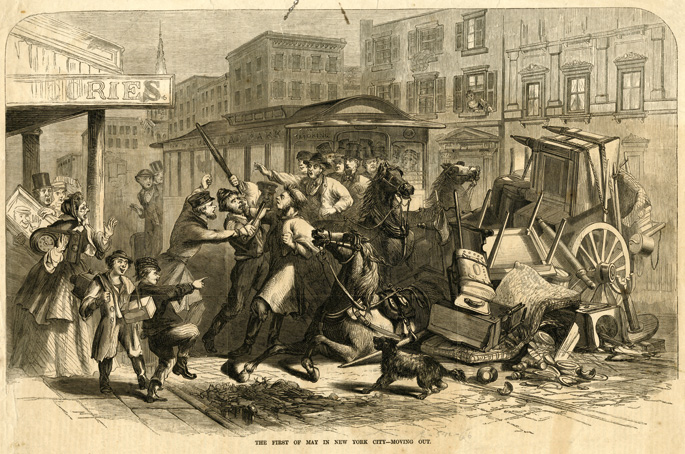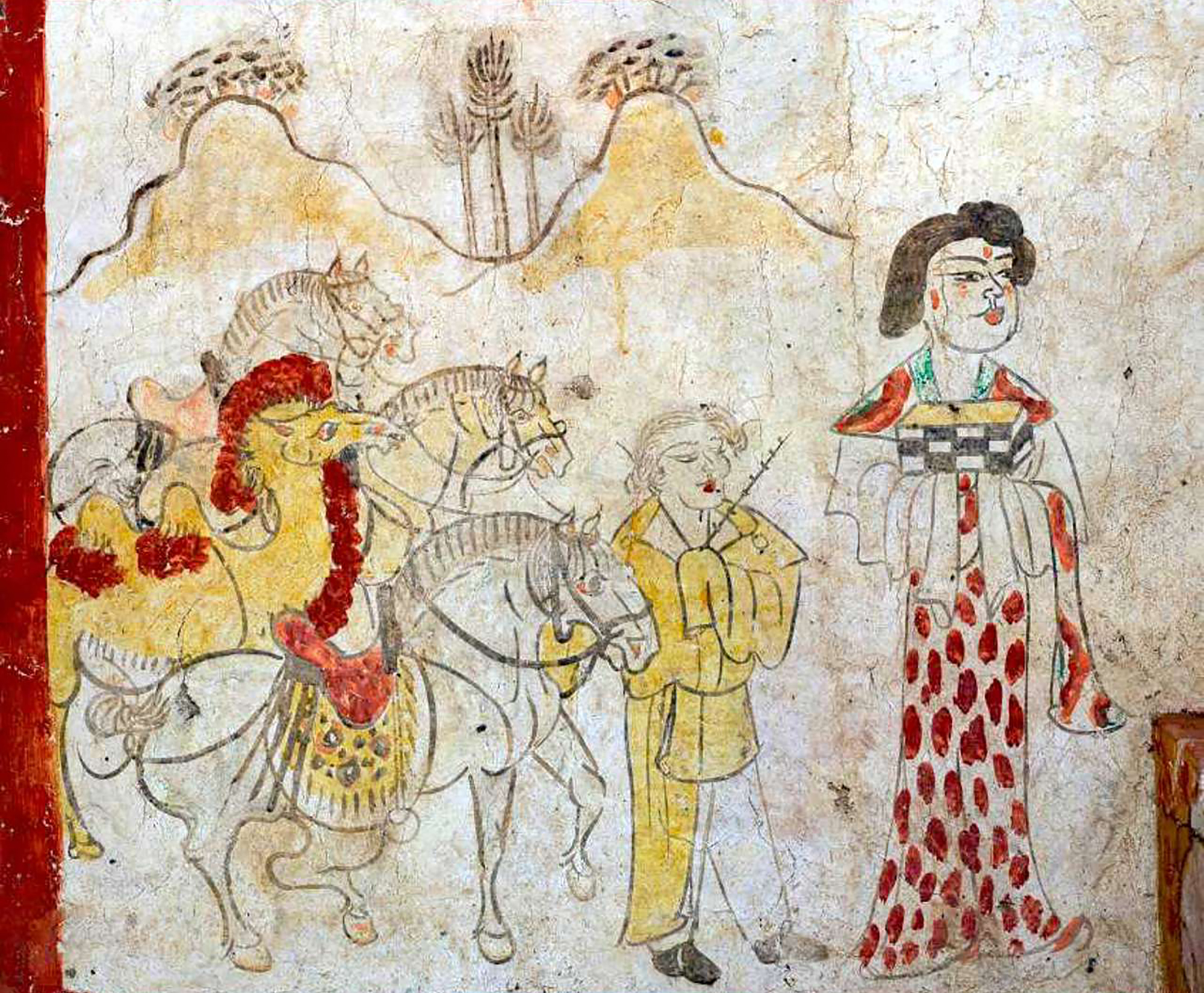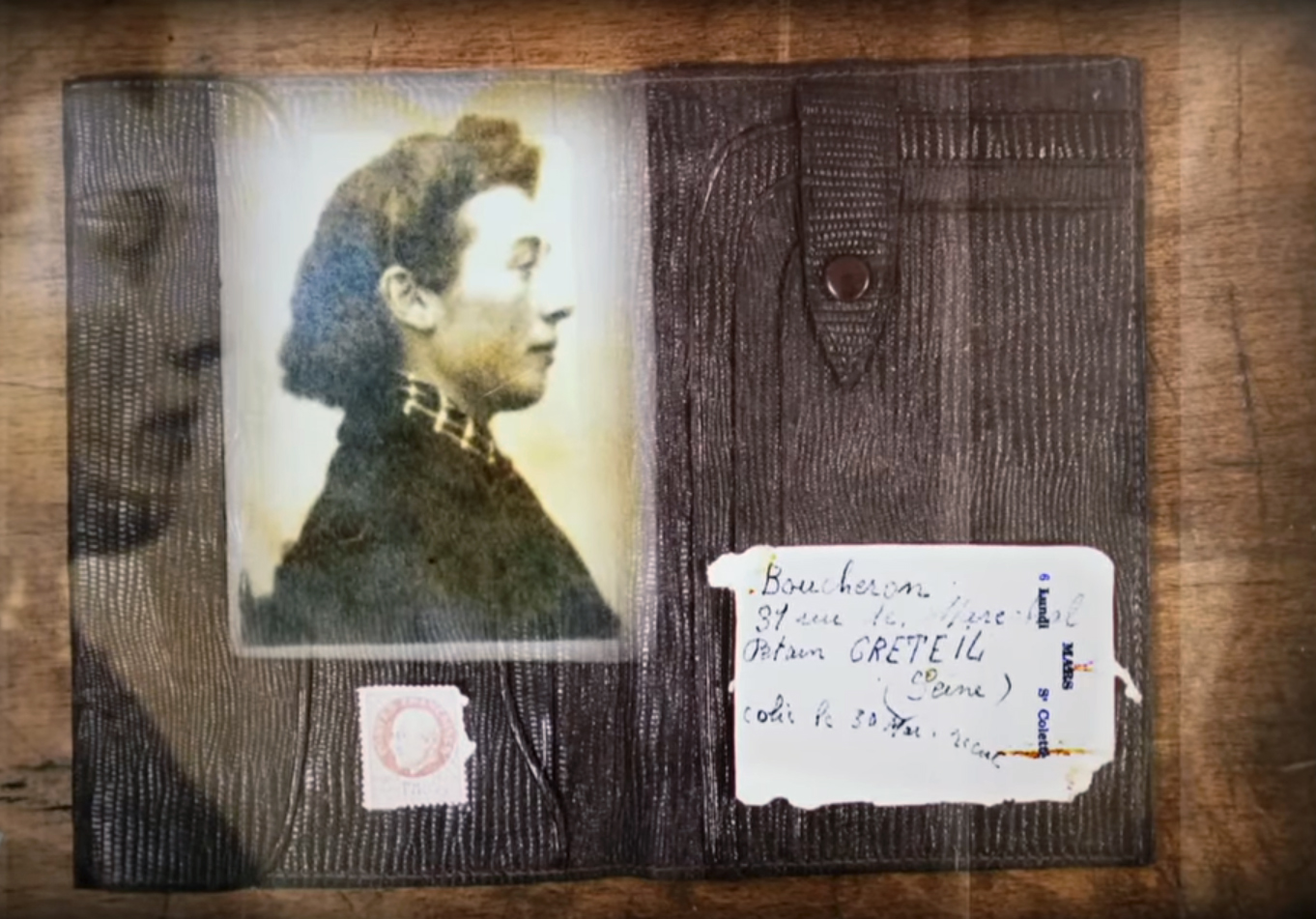1 May, Moving Day

New York 1820. The city regulations incorporated a new law: if no other date is fixed, housing rental contracts will remain in force until 1 May. It appears that on that day the suspension of contracts and the change of address already existed, and the rule only made the phenomenon official. Some say that that day the Dutch colonizers arrived on the island of Manhattan and that's why the date was chosen; others, the decision was motivated by the May Day, which was held in England. The case is that “moving in one day was an old habit”, “the city was small, when the inhabitants were scarce and most lived in the same house for many years”, as John Pitard, one of the founders of the New York Historical Society, explained in a letter to his daughter Church in 1832 or 1833.
The intense opulence of the city attracted a multitude of new inhabitants. Housing construction and the speculative rental market increased markedly for so many people to have a home. Thus, the landlords used the law of May 1 to increase the rent in an abusive manner and many tenants had to look for a home each year at an affordable price. Everybody made altai the same day.
At 9 a.m. the confused parade of the carriages began. Thousands of reels from the county congregated in the city looking for a day of clover. The growing demand for furniture transportation was increasing prices. In addition, the humpback of several weeks was forced to move many times to win in a few hours, and the haste increased chaos.
The English writer Frances Trollope described chaos as: “On 1 May it appears that it is evacuating from the plague of the New York population.” To the adventurer Davy Crockett, the moving day aroused in 1834 opposing opinions: “When we returned to Broadway, it seemed to me that the whole city was fleeing a tremendous calamity (...) They seem to be playing, they change their house for pure divertiment.” According to attorney George Templeton Strong: “I have never seen the city in such a chaotic situation. The houses seem to empty the insides of the street. (...) We have not advanced since the nomadic and migratory era of civilization, we are like the jeans of the Tartarian steppe”.
In the early years of the 20th century, about one million New Yorkers changed their homes on May 1. But the distress that followed the two world wars led to the decline of custom. In 1945, the New York Times announced the repeal of the law: “Housing shortage has erased the day of the move.”
In the Chinese province of Shanxi, in a tomb of the Tang dynasty, paintings depicting scenes from the daily lives of the dead are found. In one of these scenes a blonde man appears. Looking at the color of the hair and the facial expression, archaeologists who have studied the... [+]
Carthage, from B.C. Around the 814. The Phoenicians founded a colony and the dominant civilization in the eastern Mediterranean spread to the west. Two and a half centuries later, with the decline of the Phoenician metropolis of Tyre, Carthage became independent and its... [+]
Salvador Puig Antich frankismoaren kontrako militantea izan zen. Askapen Mugimendu Iberikoko kidea, 1973ko irailaren 25ean atxilotu zuten. Gerra-kontseilua egin zioten, eta garrotez exekutatu zuten handik sei hilabetera, 1974ko martxoaren 2an. Aurtengo otsailean baliogabetu du... [+]
Rudolf Botha hizkuntzalari hegoafrikarrak hipotesi bat bota berri du Homo erectus-i buruz: espezieak ahozko komunikazio moduren bat garatu zuen duela milioi bat urte baino gehiago. Homo sapiens-a da, dakigunez, hitz egiteko gai den espezie bakarra eta, beraz, hortik... [+]
Böblingen, Holy Roman Empire, 12 May 1525. Georg Truchsess von Waldburg overthrew the Württemberg insurgent peasants. Three days later, on 15 May, Philip of Hesse and the Duke of Saxony joined forces to crush the Thuringian rebels in Frankenhausen, killing some 5,000 peasants... [+]
During the renovation of a sports field in the Simmering district of Vienna, a mass grave with 150 bodies was discovered in October 2024. They conclude that they were Roman legionnaires and A.D. They died around 100 years ago. Or rather, they were killed.
The bodies were buried... [+]
Washington, D.C., June 17, 1930. The U.S. Congress passed the Tariff Act. It is also known as the Smoot-Hawley Act because it was promoted by Senator Reed Smoot and Representative Willis Hawley.
The law raised import tax limits for about 900 products by 40% to 60% in order to... [+]























